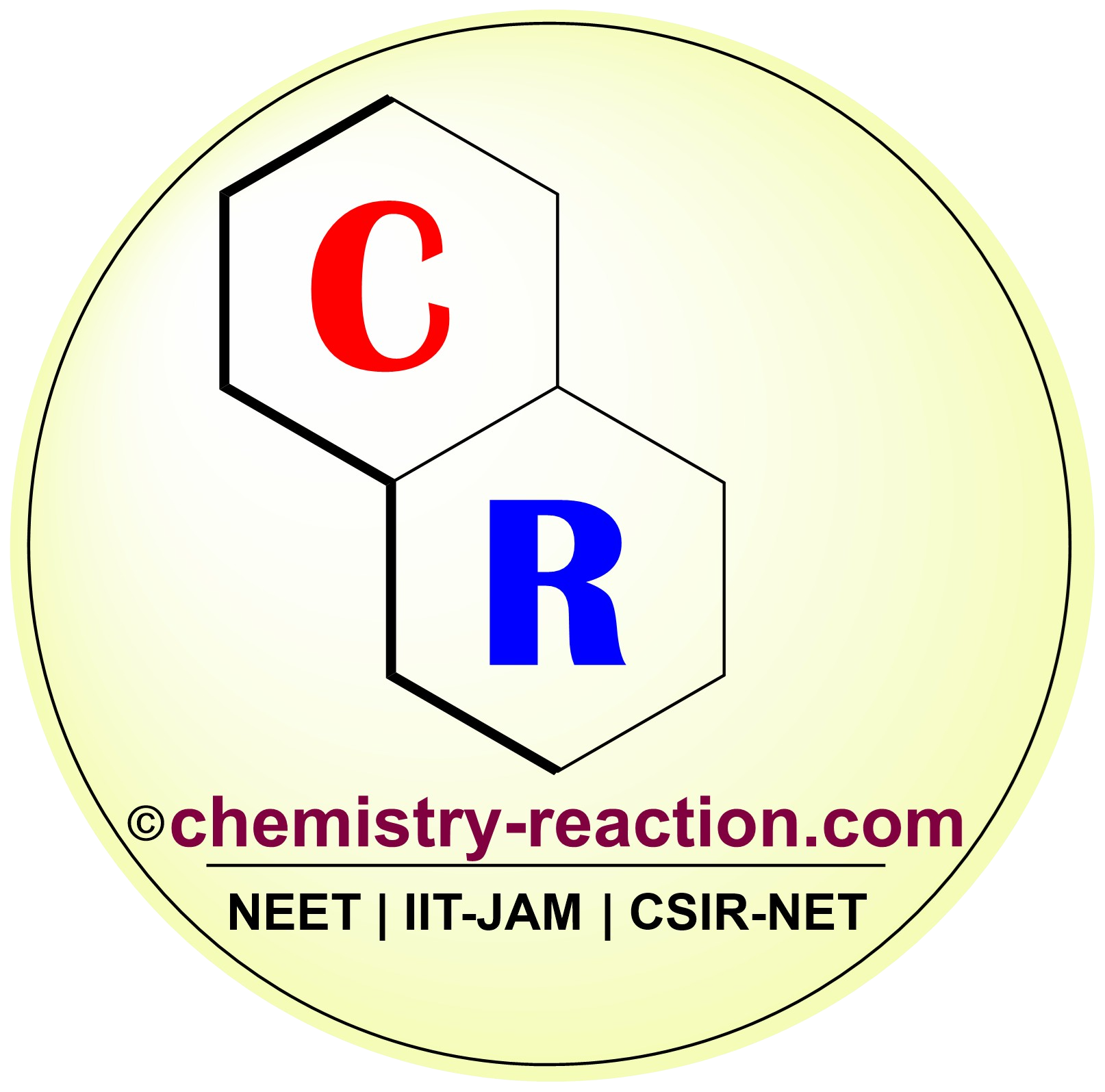Aza-[2,3]-Wittig Rearrangement: Mechanism | Examples
The rearrangements reactions are important Name reaction in organic chemistry. Wittig rearrangement, first reported by G. Wittig and L. Löhmann in 1942, The Wittig rearrangement converts α-metalated ethers to metal alkoxides, yielding secondary or tertiary alcohols. Its nitrogen analog, the aza-Wittig rearrangement, transforms α-metalated tertiary amines into rearranged metal amides, producing homoallylic secondary amines. This … Read more

